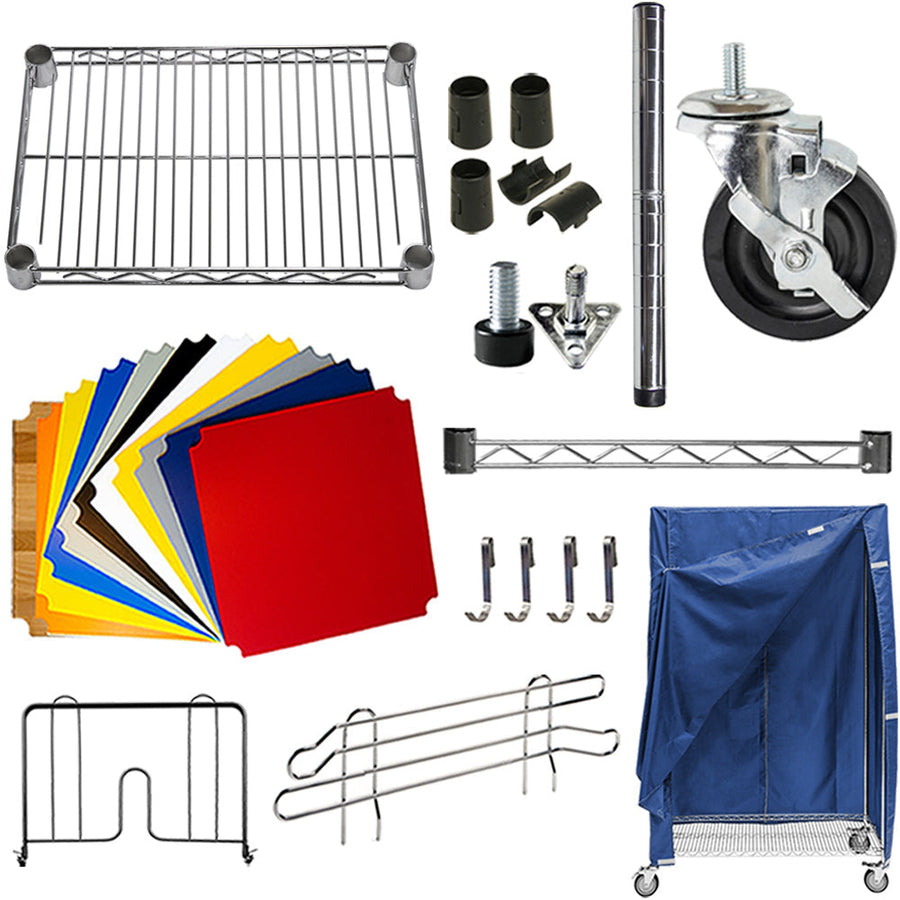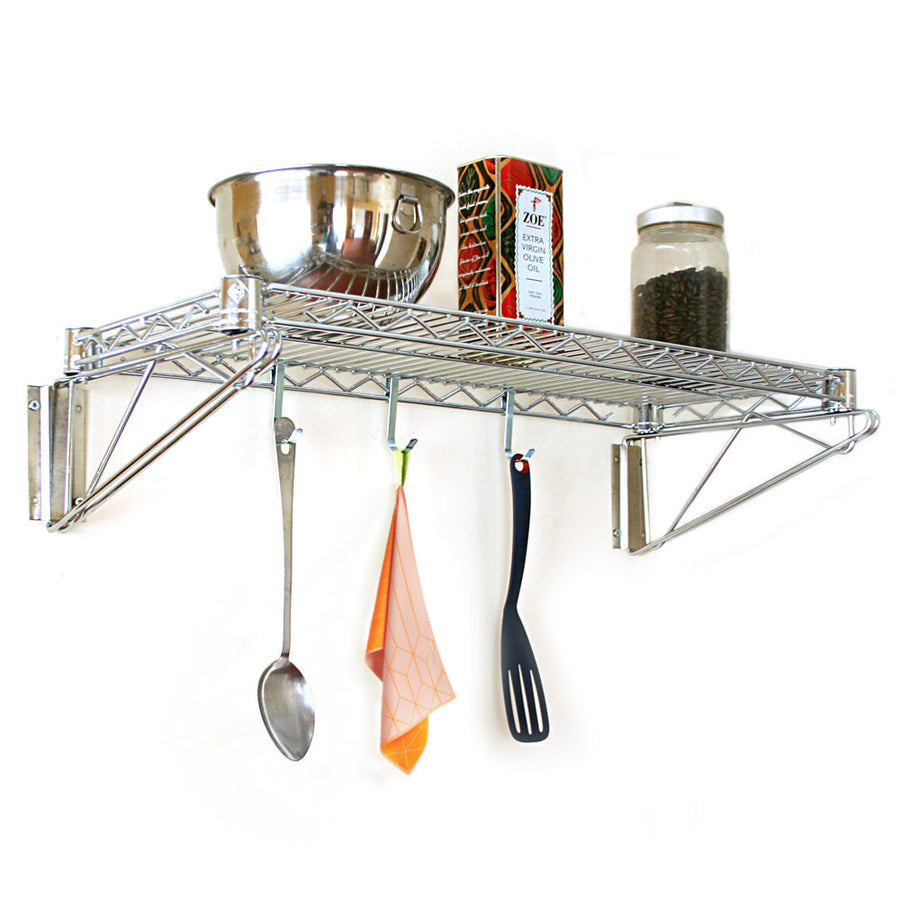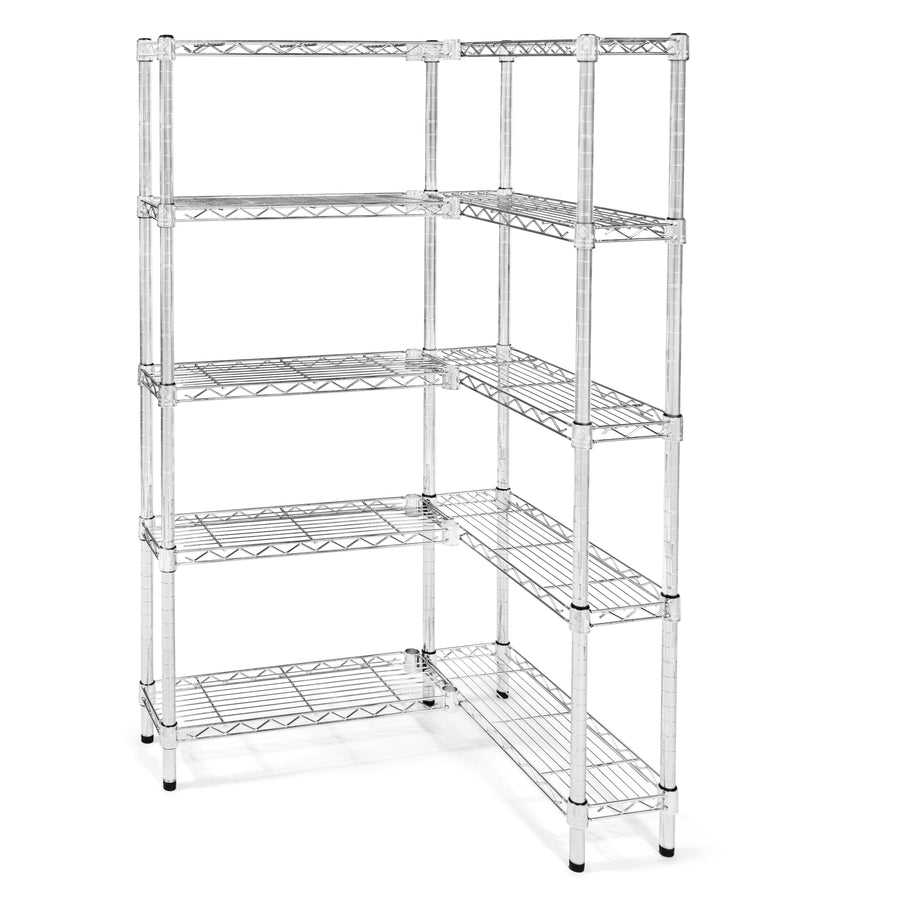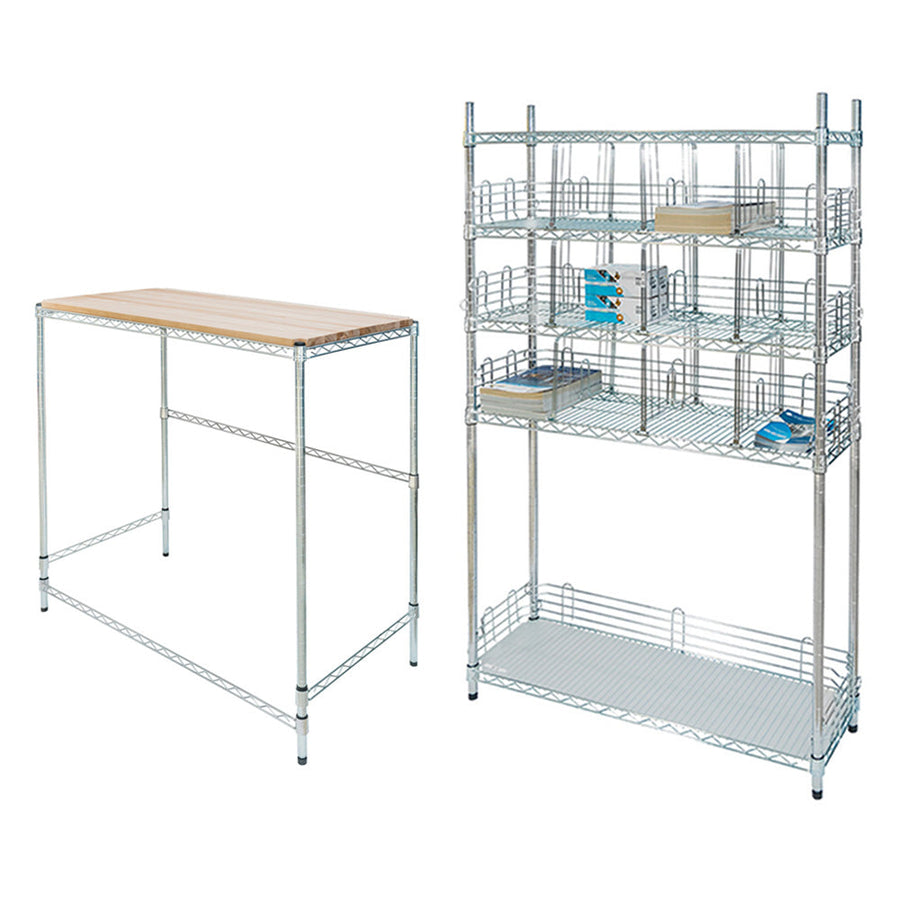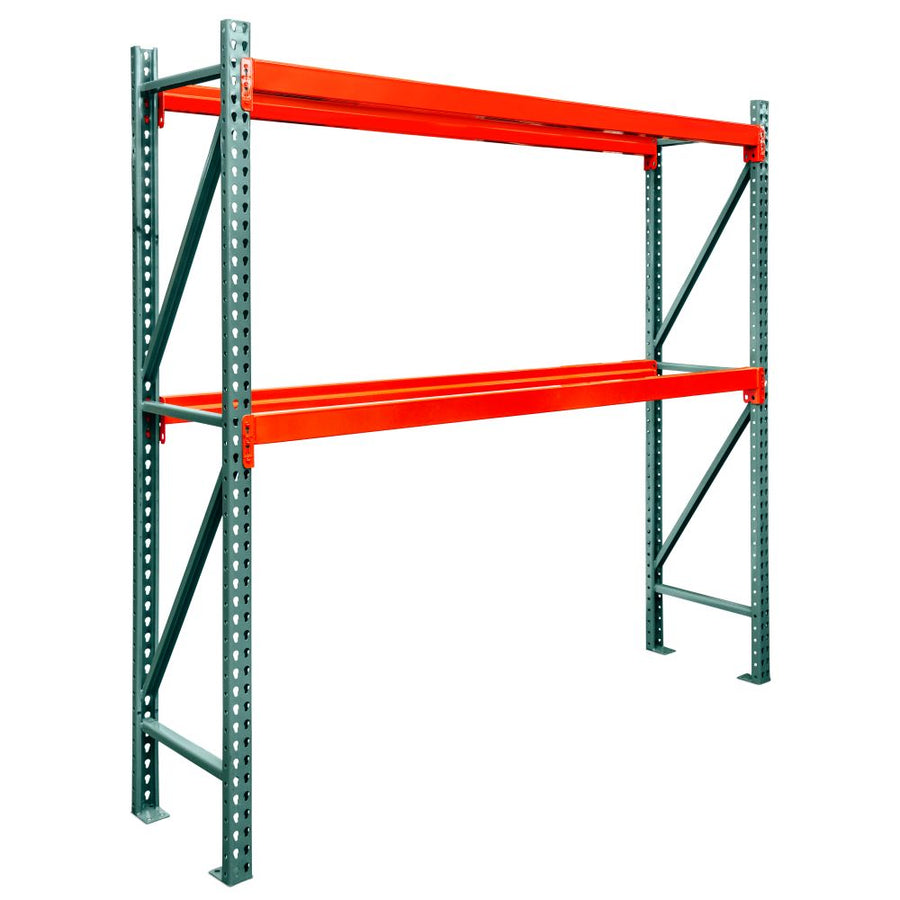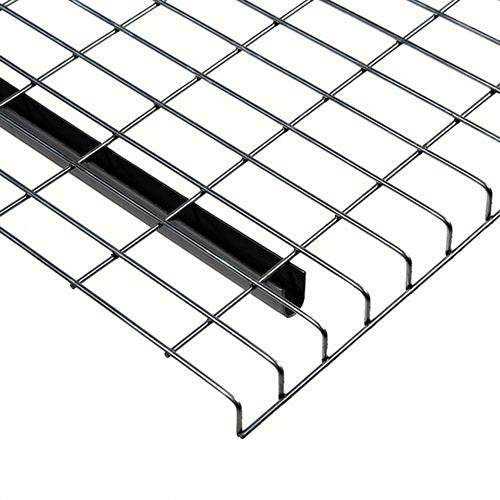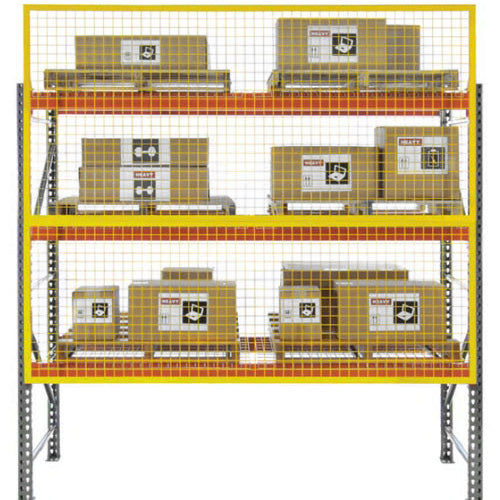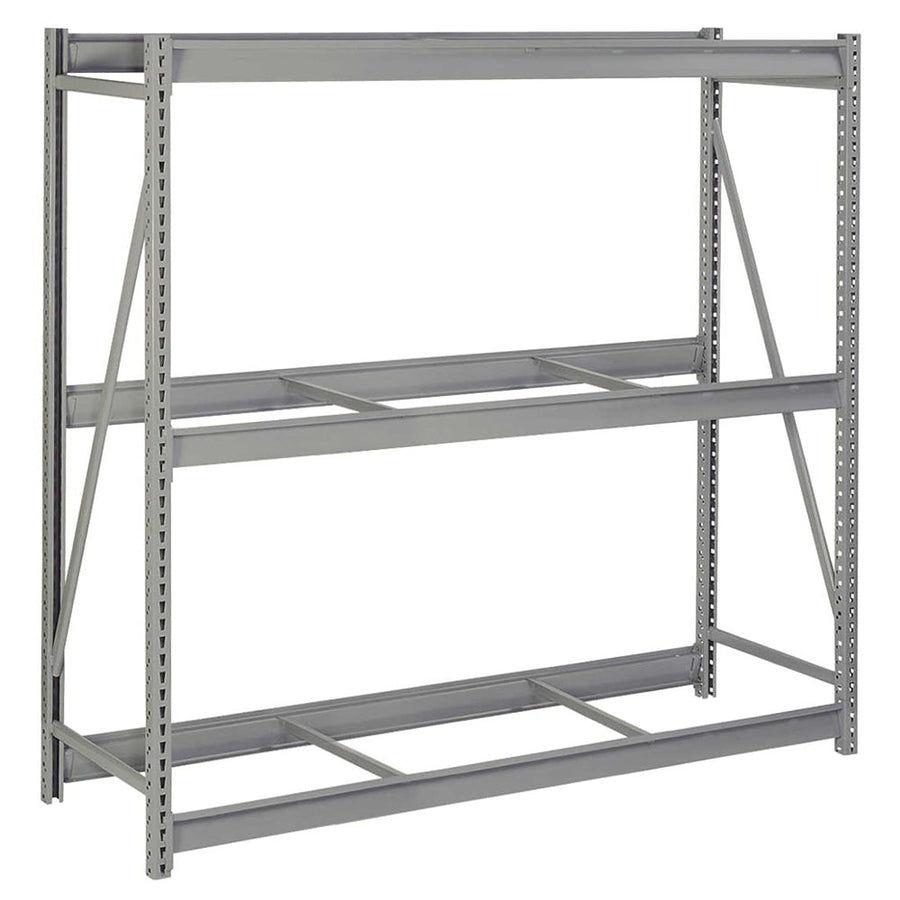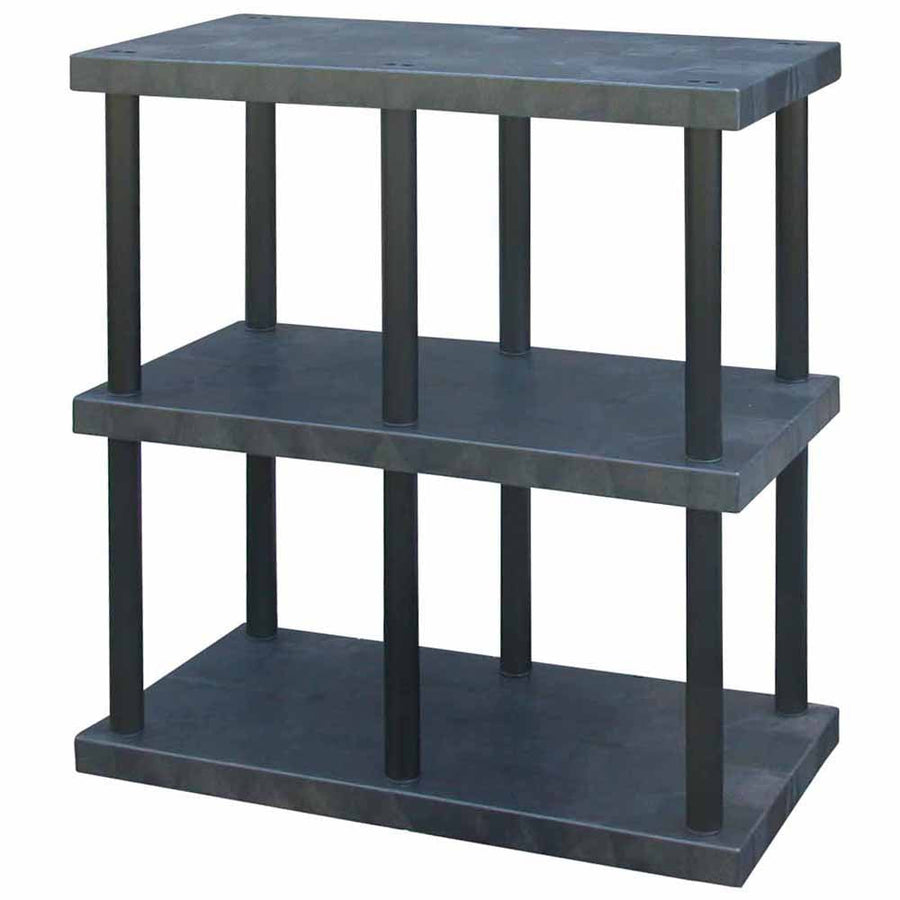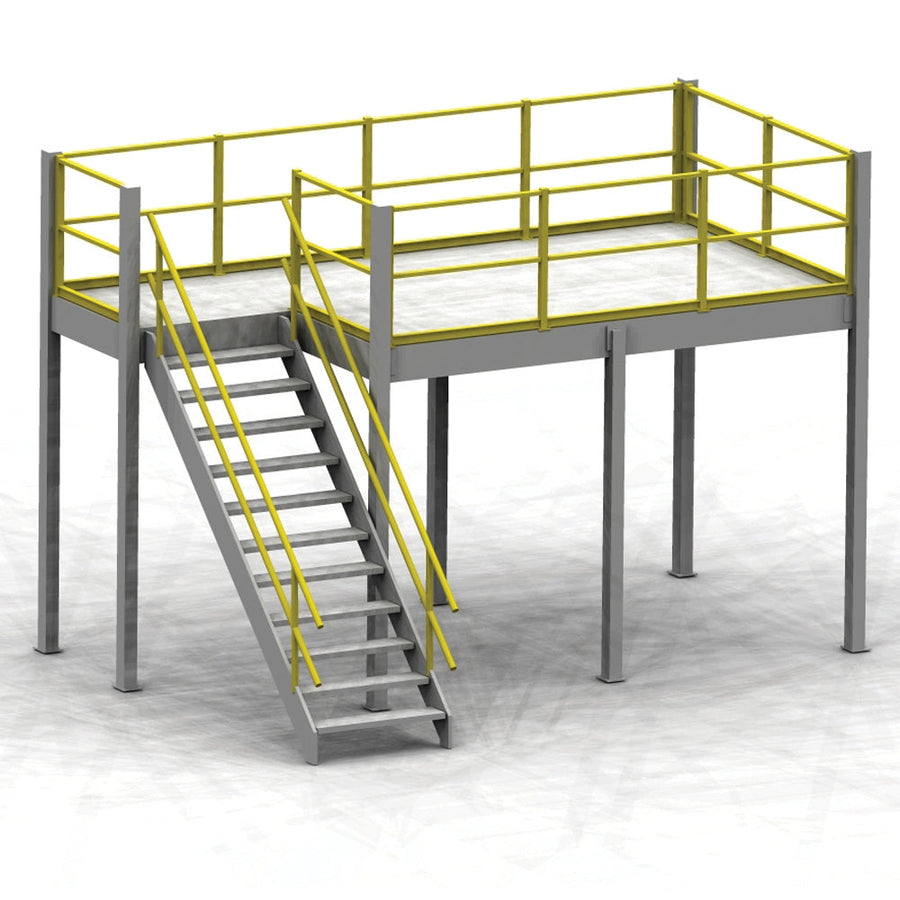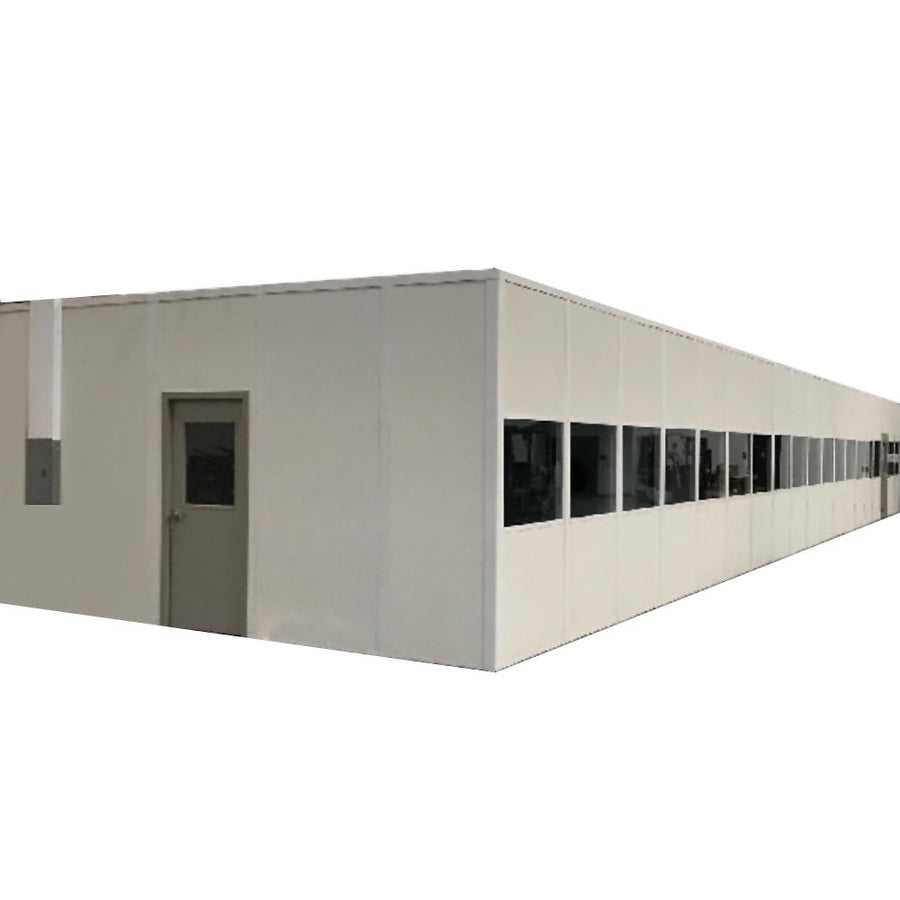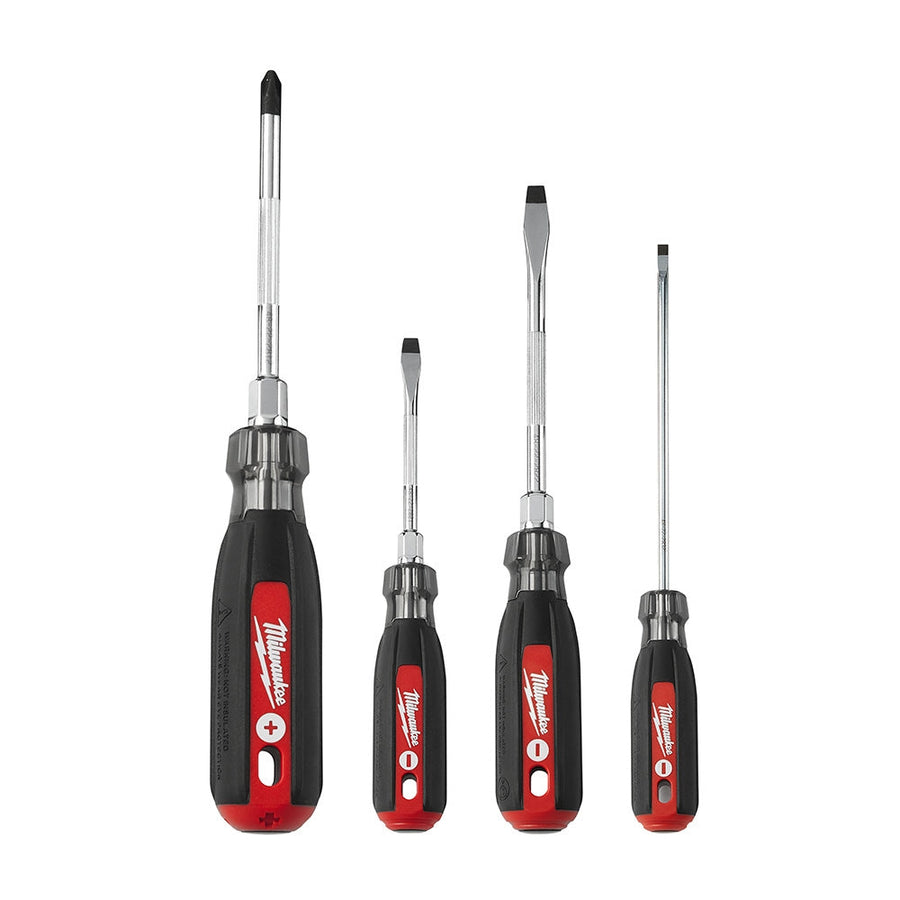As much as we talk about making sure your products are stored properly and well-organized, keeping a tidy and efficient distribution center is only half the battle - you eventually have to ship those products, too.
These days there seems to be more options than ever before to ship items anywhere in the world, and while that sort of flexibility is great it’s important to have a system in place to get your shipments done efficiently and correctly to maintain customer satisfaction.
These shipment methods can be boiled down into two categories: manual and automatic. Each of them has their own advantages and disadvantages that need to be taken into account before deciding on what method works best for your facility. Here are a few things to consider when deciding what shipping process you want to stick with:
Manual Shipping
What is it? Manual shipping could be reductively described as the ‘old-fashioned way’ of shipping, but that’s not far from the truth. Manual shipping involves manually choosing a shipping method for each package based upon various factors such as time, location, and cost, and filling out the shipping information manually without the use of pre-printed shipping labels or automated systems.
Pros: Manual shipping works best for smaller retail businesses or facilities that deal in a smaller volume of products. The ability to hand-pick a shipping option for each order and package each according to their needs is great for low-volume shipping needs and any business that has the time to handle each shipment individually, and can be a great cost-saving measure for smaller retail businesses. It also cuts down on the amount of space your outgoing shipments take up on your
warehouse storage and
wire shelving so you have more room to work and store products.
Cons: This method is a little more time-intensive as shipping quotes, labels, and packaging need to be obtained for each individual shipment that comes through, and may create extra work as each shipment would need to be tracked manually (the same way you have to do it yourself while you’re waiting for a package from Amazon or eBay or something). It also allows for more human error when it comes to filling out shipping labels, which could lead to misdelivered packages.
Automatic Shipping
What is it? As opposed to manual shipping, automatic shipping (true to its name) handles shipping automatically via computer. These systems are typically integrated with a solution from a shipper like UPS or FedEx and are designed to print shipping labels, track packages, and provide automatic information about the items being shipped.
Pros: Many of the steps of an automatic shipping process are handled, well, automatically by your shipment management software. Shipping labels are automatically filled out with the provided customer information, tracking information is automatically uploaded and managed once the package is on its way, and different rates for shipping can be automatically compared by every shipping provider you have integrated with.
Cons: These methods tend to be a lot pricier than manual shipping. Generally the process of integrating with major shipping companies to get quotes and faster shipments will require a fee, the software itself that you use will be a large upfront cost, and while the overall shipping experience tends to be better, it requires a much bigger upfront investment and will require more expenses across the board. This is a much better option for larger retailers who ship out dozens (or hundreds) of packages per day to justify the cost.



